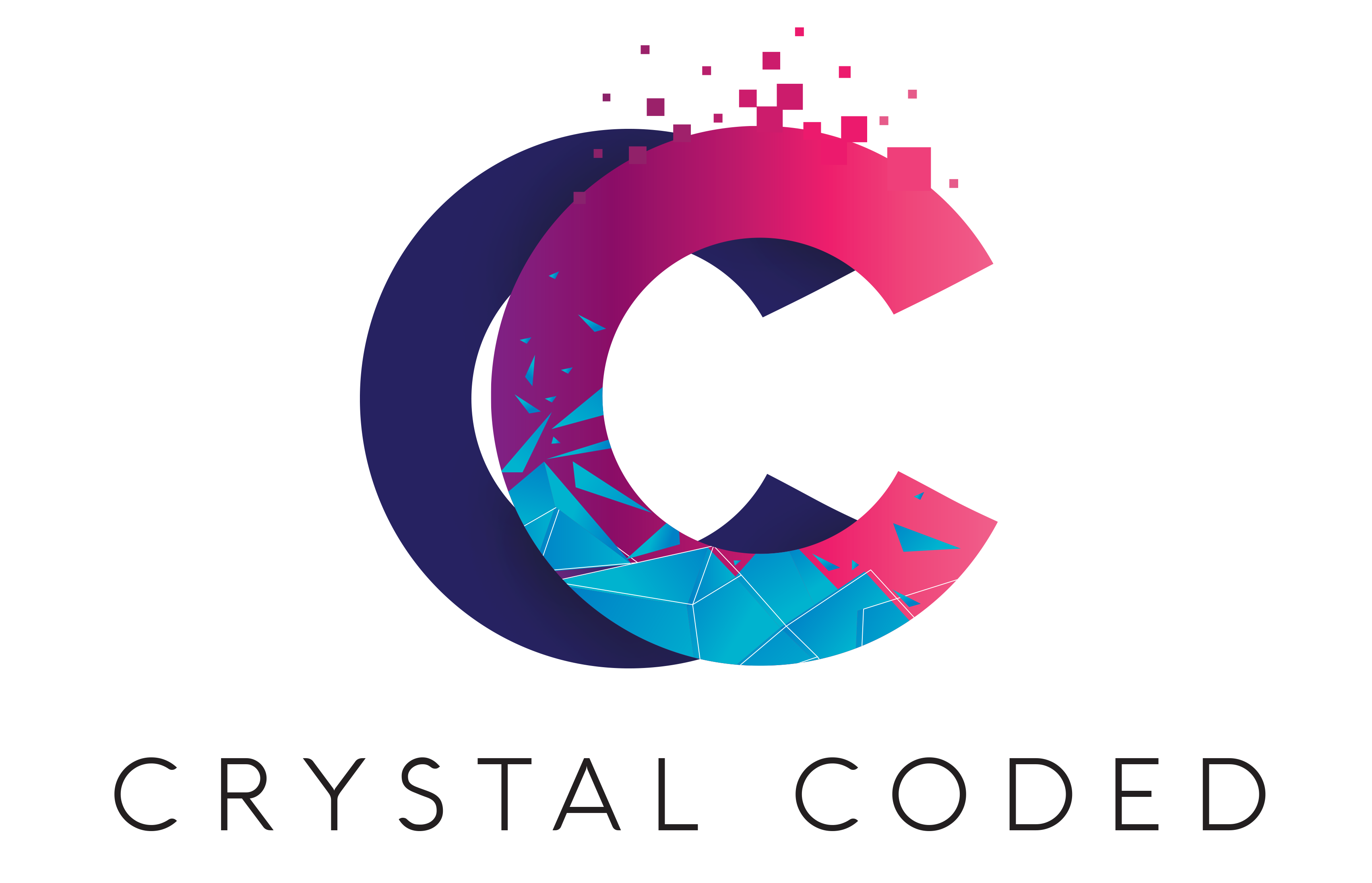Thyroid Disorders - Newer, Less Invasive Technologies For 2020
- Greenly Organic

- Feb 5, 2020
- 3 min read

A standard approach to thyroid disorders is open surgery when surgery is required. Minimally invasive surgery is a successful approach with less damage to your body. Most patients experience less pain, shorter hospital stays, and fewer complications.
Other less invasive technologies and procedures are being used to help thyroid conditions other than cancer such as goiter, hyperthyroidism, Grave’s disease, hypothyroidism, Hashimoto’s disease, and thyroid nodules. Nearly all thyroid problems can be managed successfully when identified early on.
Approaches to Treating Thyroid Disorders
The emergence of newer, less invasive technologies, enhanced molecular diagnostics, and improved quality of life tools is great news for those who suffer from thyroid disorders. Doctors are now using more individualized diagnostic and therapeutic strategies and ordering more appropriate laboratory studies to help their patients.
Medication and Hormone Replacement Therapy
According to verywellhealth.com, hormone replacement medication has four main goals:
Alleviate symptoms of hypothyroidism
Normalize the thyroid-stimulating hormone (TSH) level
Reduce the size of an enlarged thyroid (goiter) if present
Avoid overtreatment (becoming hyperthyroid)
“The appropriate drug for you depends on what thyroid condition you have.” They differ in their composition and purpose. Common medications or treatments include:
Hypothyroidism – Synthroid (levothyroxine)
Hyperthyroidism – Tapazole (methimazole)
Beta-blockers – These medicines are not used to treat disorders, but reduce symptoms of excess thyroid hormones such as anxieties, tremors, or a fast heart rate.
Levothyroxine – Replaces thyroid hormone production and suppresses tumor regrowth following surgical removal of the thyroid gland or a lobe of the gland.
Radioactive-iodine – Radioiodine therapy may be given following a large thyroid cancer surgical procedure. Its purpose is to kill off cancer cells that remain after surgery.
Chemotherapy – This procedure is typically used when patients have recurrent cancer.
Targeted therapies – Nexavar and Lenvima are used to treat specifically targeted markers on cancer cells.

Another approach to destroying or slowing cancer cell growth is external radiation therapy. It is painless and usually administered five days per week for several weeks. This is a good option if you are not a candidate for surgery or radioactive-iodine therapy hasn’t worked.
Alcohol ablation is a newer, more cost-effective technique used for small papillary thyroid cancer. The cancerous nodule is injected with alcohol that destroys the cancer cells. This is an option when your cancer is in a hard-to-access area or if you have recurrent thyroid cancer.
When Minimal Invasive Surgery Is Required

The general approach to overcoming any thyroid disorder is a detailed medical history and physical exam by your primary care physician. The doctor’s workup may include lab tests, X-rays, and a referral to a specialist. If surgery is required, you will be referred to a surgeon with expertise in thyroid procedures so you will understand your options.
One of the first minimal invasive surgeries that emerged in the 1980s was laparoscopy where small incisions are made in conjunction with tiny tubes, cameras, and surgical instruments. A second approach is robotic surgery that provides a 3-D magnified view of the incisions. It is an improvement that helps surgeons with:
Precision
Flexibility
Control
During the last 20 years, many surgeons have preferred minimal invasive surgery to traditional surgery because the open surgery approach requires a longer hospital stay and larger incisions.
This makes patients happier because they can go home earlier and have smaller scars.
As with all surgeries, there are risks involved such as complications with bleeding, infection, and anesthesia. Minimally invasive surgery is generally less risky than traditional surgery and is preferred by many surgeons and patients.
When to See a Doctor

You should make an appointment with your primary care physician if symptoms or signs show up that may indicate any of these:
Hypothyroidism
Hyperthyroidism
Nodule on the front side of the neck
Swelling on the front side of the neck
Pain or discomfort in the neck area
Early detection is the key to correct diagnosis, treatment, and living a healthy, more normal life.
Sources and References:




Comments